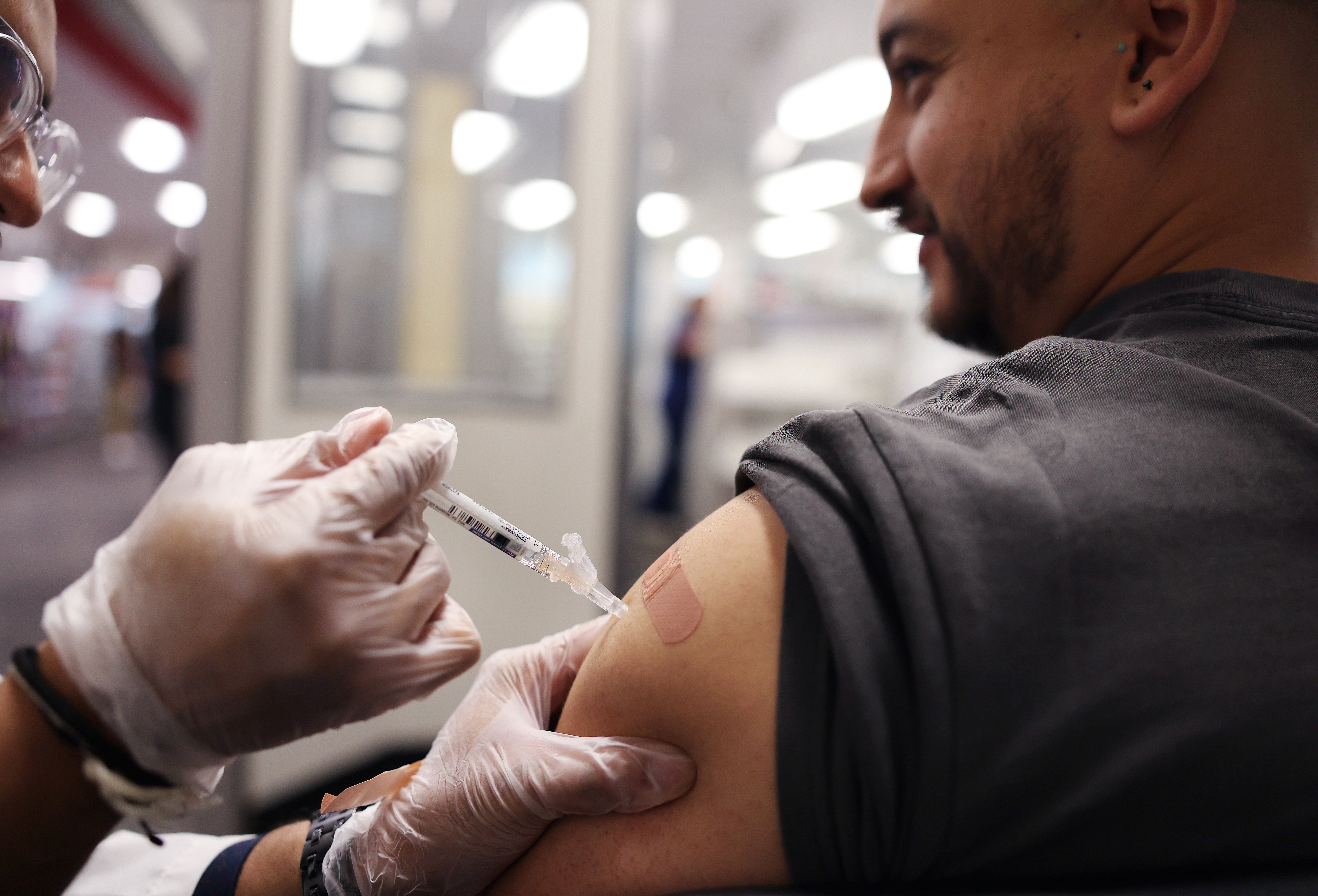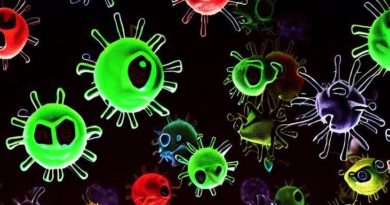Australia’s medicines watchdog has taken aim at what it has labelled misinformation that centres on claims of excessive levels of DNA found in COVID-19 vaccines.
The Therapeutic Goods Administration (TGA) recently released a statement addressing the claims mRNA vaccines — such as those made by Pfizer and Moderna — are “contaminated” with DNA, and that they could alter human DNA or have other adverse health impacts.
DNA contamination claims are not new but have resurfaced recently after a September report by Canadian virologist Dr David Speicher, who claimed to have tested three mRNA vaccine vials from Australia and found they were contaminated. The study has not been peer-reviewed, and the TGA said these — and results from other similar research — are not “robust or reliable”.
Many health authorities, including the TGA, Health Canada, and the United States Food and Drug Administration (FDA), have debunked DNA alteration claims previously, saying it is not possible for the mRNA vaccines to do so. They and experts have also said serious reactions to COVID-19 vaccines are rare and that the .
That report has been pushed by some federal politicians, including Liberal National Party-turned-independent senator Gerard Rennick, and Liberal-turned-independent MP Russell Broadbent who wrote to Prime Minister Anthony Albanese in the wake of the Canadian report and called on the federal government to immediately suspend the vaccines.
In its mid-October statement, the TGA said that it welcomes and constantly reviews the latest scientific evidence about the safety of vaccines but the claims that these mRNA vaccines contain excessive levels of DNA are “not robust or reliable, and are creating confusion and concern regarding the safety of vaccines”.
How do mRNA vaccines work?
Professor Raina MacIntyre, head of the Kirby Institute’s biosecurity program, told SBS News that everybody has messenger RNA — or mRNA — in their bodies, which can be thought of as a “computer code” and contains a fraction of what DNA would contain.
“It gives instructions to the protein-making factory in the cells, called ribosomes, and these make the specific protein. This is a natural process in our bodies,” she said.
While many childhood vaccines deliver a protein to the body that activates the immune system to build immunity to a virus, mRNA delivers the genetic code so that we can make that same protein in our bodies.
“Think of the mRNA as a computer code and the ribosome as a 3D printer inside our cells,” MacIntyre said.
The TGA says vaccination against COVID-19 is one of the most effective ways to reduce the risk of death and severe illness from infection. Source: Getty / Christina House/Los Angeles Times
While non-mRNA vaccines — like the Novavax COVID-19 vaccine — inject the protein into our bodies, mRNA vaccines make use of the protein factory in cells.
“All achieve the same end result — protection against severe complications of COVID,” MacIntyre said.
To make mRNA vaccines, plasmid DNA is used as a starting point. A purification process is used during the manufacturing process, though residual elements may remain.
The Canadian study claimed to have found excessive levels of residual plasmid DNA. But it used a testing process known as fluorometry, which the TGA said “is known to overestimate DNA levels in the presence of mRNA”.
“This is because the fluorescent dye used in this test binds to both DNA — which may be present in minute amounts — and mRNA, which is the main ingredient in the COVID-19 vaccines,” it said in a statement. “This leads to incorrect DNA levels being reported in these tests.”
The TGA also highlighted that there were issues with the samples tested, including, among other things, the fact they had expired in 2022, one had already been opened, and the source of the vials was unknown.
Scientists have also previously said that even if tiny amounts of residual DNA fragments rode along with vaccine mRNA into human cells, the DNA could not survive long inside those cells and would have no way to enter the cell nucleus or to interact with the human genome.
COVID-19 DNA contamination misinformation isn’t new
The misinformation that COVID-19 vaccines contain residual DNA fragments that pose a health risk has been spreading on social media for a long time.
In September last year, Phillip Buckhaults, a biologist from the University of South Carolina, appeared before a state panel and spoke about the “possible consequences” of DNA contamination in vaccines.
Buckhaults later clarified his statements on X and said the risk of DNA in vaccines was “purely theoretical”. However, his initial statements circulated widely on social media.
In January, Florida’s surgeon general, Dr Joseph Ladapo, called for the use of mRNA vaccines to be stopped, citing the same concerns about DNA fragments.
Ladapo wrote a letter to FDA and the US Centers for Disease Control and Prevention asking if the agencies had done tests to see if DNA fragments in mRNA COVID-19 vaccines might integrate into the genomes of vaccine recipients.
Ladapo said it was “essential to human health to assess the risks of contaminant DNA integration into human DNA”.
In response to Ladapo, vaccine scientist and infectious disease researcher Dr Paul Offit of the Children’s Hospital of Philadelphia said fragments were “clinically and utterly harmless”.
“These DNA fragments would have to enter the cytoplasm, which is that part of the cell outside of the nucleus, and our cytoplasm hates foreign DNA,” Offit said. “It has innate immune mechanisms as well as enzymes to destroy foreign DNA.”
‘Benefits far outweigh the risks’
The TGA said the reports circulating on social media are based on studies that “currently fall short of the scientific rigour expected in pharmaceutical testing and are contributing to the spread of vaccine misinformation”.
MacIntyre said she agrees with the TGA’s assessment and said the manufacturing process of mRNA vaccines can result in fragments of residual DNA found in vaccines, “but regulatory agencies specify (and test for) acceptable levels of DNA per milligram of RNA in vaccines”.
“Our own bodies naturally detect and remove these DNA fragments, and there is no plausible mechanism for it to enter the nucleus of our cells and alter our DNA,” she said.
The TGA also said a causal link has never been established between COVID-19 vaccines and any type of cancer.
The statement also stressed the importance of continued COVID-19 vaccinations.
“Vaccination against COVID-19 is one of the most effective ways to reduce the risk of death and severe illness from infection,” the TGA said.
“The protective benefits of vaccination far outweigh the potential risks.”
With additional reporting by the Reuters news agency.
***
This article has been archived by Conspiracy Resource for your research. The original version from
SBS can be found
here.



